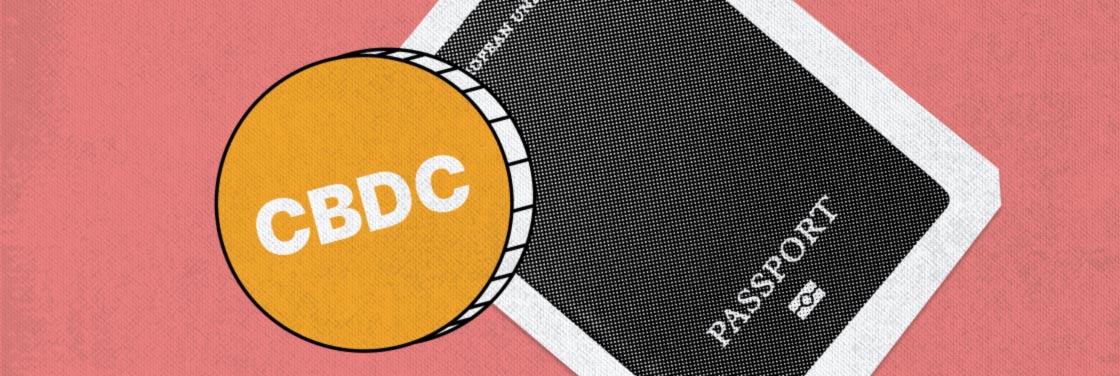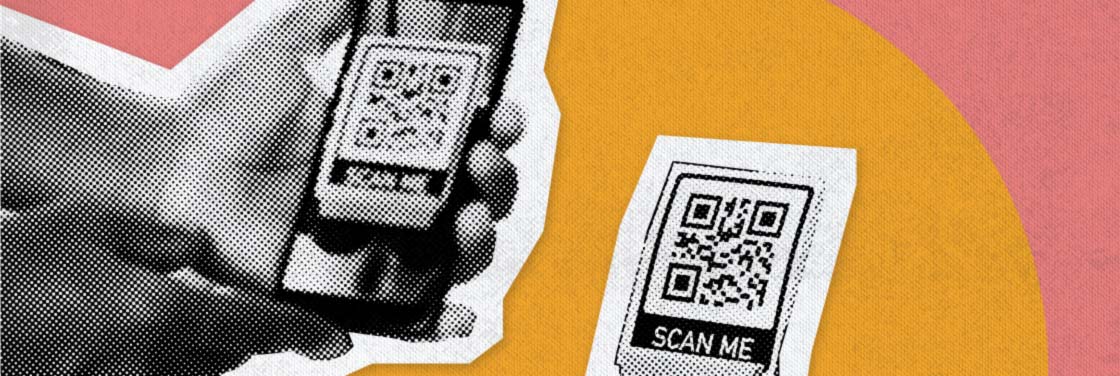George Stubbs, a British artist, born in 1724, was famous for his paintings, portraying horses. These paintings, often fetching millions of pounds at auction, are the cornerstone of any well-to-do British family. Naturally, authenticity is paramount and any whiff of a fake would result in a scandal that would blow all of Jane Austin’s novels combined out of the water. Interestingly enough, despite this article focusing on NFTs and modern technology, the prevailing status, which was as important then as it is now, is authenticity.
Is this simply a fad that’ll wear out soon just like Pokémon GO and DVDs?
A Little Bit of History

The first notion of NFT started in 2012 after a paper by Meni Rosenfield was released introducing the concept of so-called “Colored Coins.”
The first known NFT appeared on the Namecoin blockchain in 2014 — “Quantum.” The work was sold in June 2021 for $1.47 million. Of course, since the beginning, the whole concept of what an NFT was has changed drastically. Eventually, more and more companies got involved, and more tokens were created, ultimately leading to the boom in 2020. A study conducted by Nonfungible.com, an NFT data company, revealed that NFTs peaked at $17.6 billion in 2021, amounting to a surge of 21,000% from 2020’s total of $82 million. These impressive figures were then followed by collapse. Figures report the daily sales of NFTs crashed by 92% in September 2021, with the number of active wallets following suit just two months later. Against a background of destruction and collapse, it’s easy to see why many remain skeptical about NFTs to this day.
As you’ve probably gathered from my previous articles, the British are as stubborn as they come. Of course, we’ll deny it, yet just you try and change something. This is exactly how things have always been, and this is how they’ll stay. Yet, the UK isn’t a hermit kingdom, we’re one of the world’s biggest economies and we sit on the edge of the continent bridging the gap between Europe and North America. We have high-tech industries and enjoy all the latest commodities just like every other developed nation. This is what makes the situation with Web3 and FinTech so fascinating. We’re used to taking things in our stride, however, nowadays, with everything racing around at a thousand miles a second, those who dawdle quickly find they’re being overtaken and outdone by even the most unlikely competitors.
I’m going to take this opportunity to give you a taste of the British attitude behind NFTs by using the example of my own father. Why? Well, because once you know the stumbling blocks of adopting new technologies, you begin to understand what’s needed to calm nerves and address the issues that will ultimately allow you to introduce such technologies to the world. After all, cryptocurrencies are the future, and figuring out how to convey not only their use, but their importance, is fundamental to their continued success.
Old Habits Die Hard

Picture the scene: a solicitor’s office, old dusty books, old mahogany bookshelves, no music, no chattering, just silence, apart from the solicitor himself slowly turning the pages of his records and scrutinizing every single detail. The quintessential grandfather clock can be heard ticking in the hallway as, of course, solicitors have their own clocks that measure time to absolute perfection. Against the background of such a quaint scene, and seeing for myself the truckload of paperwork prepared beforehand, I brought up the topic of NFTs and blockchain technology and how it could revolutionize the world. The following conversation is the result:
Me: I can’t believe you have had to prepare so much paperwork! Why not access this all via your phone or computer? Not only will you be saving a few trees in the process, but you’ll also be making your lives much simpler.
Dad: Having all this information online or somewhere in a “cloud” just doesn’t make any sense. A hard copy is always the way forward. Safe and secure!
Me: Interestingly, the whole principle of blockchain technology is that it’s designed to be 100% secure. As every piece of information is part of a continual chain and due to the fact that it’s not stored in one single location, it’s virtually impossible to manipulate. It’s the same thing, actually, with NFTs. In fact, UK courts became the first in Europe to allow court proceedings to be issued as NFTs. It was a worldwide freezing injunction that was airdropped to two wallets. So not only are you able to keep it paperless, but you’re also keeping your information secure.
Dad: Interesting. So, the technology can be used for more than just “funny pictures,” but why the massive hype and insane prices around them?
Me: Well, some projects are very famous and an NFT that’s part of a collection like the Bored Ape Yacht Club can fetch high prices just because it’s a very sought-after collection. Other NFTs fetch huge sums because their artists rarely put any art out there. Just think of it as a new art form. The market itself is worth $11.3 billion, after all.
Dad: I get the technology and I get the concept about art, but I’ve heard a lot of talk that it’s all just an elaborate pyramid scheme. Fools parting with money “easy come easy go.”
Me: There are always lots of naysayers out there that jump on the “Pyramid scheme” bandwagon. Personally, I’ve seen a lot of Tweets and posts out there with the same information, all poking fun at the fact that you can’t actually own the art in question physically, rather you’re simply paying to have your name listed as its owner in an online distributed database. With such discussions going around, it’s easy to simply hear “NFT” and instantly shut down the conversation. Here’s the thing, NFTs are a completely new type of digital asset. Some will fetch millions, others pretty much nothing. Moreover, some previously expensive NFTs can see their value plunge, for example, the NFT of the first tweet sold for $2.9 million, and a year later when it went on auction its top bid was a shocking $280.
Dad: What makes it unique? Surely, I can just screenshot it?
Me: This is where blockchain technology comes to the fore. NFTs can’t be copied, faked, or simply “screenshot.” As NFTs are created on the blockchain, they have their own set of unique records. This is not something that can be undone or manipulated. Of course, if you screenshot an NFT you’ll have an image of the NFT, but that’s not the point. We’re talking about whether or not you own the asset. The mere fact that someone holds the rights to it and that it cannot be copied makes it unique, consequently introducing the concept of supply scarcity and a rise in price. Another important point to mention is the ease of transferability. There are plenty of markets out there that allow owners to sell their assets and purchase others. Remember that NFTs are based on smart contracts and all the terms and conditions, rights, and details are set out there.
Dad: So, how can this all be implemented in “real life” or is it just a load of fanatics trading photos of monkeys?
Me: For anyone who’s keeping up with the technology, the future of NFTs is absolutely mindboggling. One example is how they will revolutionize the art industry. The Animals Red List NFT project has drawn massive amounts of attention to its cause through the release of unique digital art. A competition was even held to come up with a slogan to be made into a huge billboard in Tel Aviv.
More Than Just a One-Trick Pony

NFTs are going to play a vital role in the ongoing expansion of Web3 services. Japan’s government recently announced its plans to enter the Web3 world and harness the power of NFTs and has so far kicked off an incentive for mayors who support the growth and spread of digital technologies by awarding them with NFTs. One noticeable step is using NFTs to replace badges at events. Attendees are issued a Proof of Attendance Protocol (POAP NFTs) that certify their attendance at the event. Plans in the pipework include digitizing passports, which represents a massive move into Web3 and, if successful, would be very quickly replicated around the globe. The Romanian National Institute for Research & Development in Informatics (ICI Bucharest) recently announced its plans to create a state NFT platform, which would make it possible to create, store, and process documents in an NFT blockchain-based format. These documents would include birth certificates, driver’s licenses, and property title documents. Such an initiative is a first for the EU, although that being said, the EU already has plans in the works for the launch of a digital euro (CBDC), which will be tested in 2023.
Out with the Old, in with the New

The conversation pretty much fizzled out after this point, however, this glimpse into the understanding of digital assets reflects a similar picture around the world. Therefore, to draw a close, NFTs are the new kid on the block. Remember when QR codes appeared on the scene? I recall the confusion and dismay people felt at having a code jampacked of information. However, back then, people didn’t think about whipping out their phones to access this information. Now you don’t need menus at restaurants — simply scan the QR code. Excursions around a city? A simple scan of your phone and you’ll have a detailed tour in multiple languages at your fingertips. We even use QR codes for any kind of ticket as opposed to a physical paper one. In my opinion, the issue here is not the massive risk and volatility of digital assets, rather it’s a question of misinformation and confusion riding on the back of the crypto and Web3 hype — throw in the metaverse and the misunderstanding around what it is and we’ve got a full-scale breakdown of communication. I could simply put it down to generational differences, stoking up the fires of GenZ vs Millenials vs Boomers, yet I really believe it is a case of understanding the purpose of such technology. Just like with QR codes, as soon as a clear and concrete use emerges, the rapid adoption of NFTs will soon follow.




